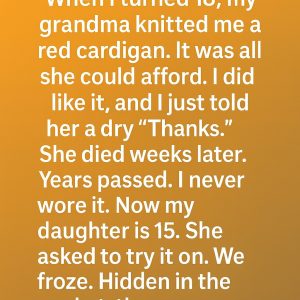What began as an easy, sunlit afternoon—just a walk, a laugh, a shared snack beneath a wide open sky—twisted in a heartbeat into something unrecognizable, as one small sign most people would overlook suddenly meant everything. In the space between one breath and the next, panic collided with instinct, and an ordinary day became a desperate test of readiness, courage, and split-second choices…
In the critical seconds that followed, there was no time for denial or hesitation. A tightening in the chest, a face draining of color, a cough that didn’t sound quite right—each detail snapped into focus, demanding action. Someone called for help, another cleared space, and a third stayed close, speaking calmly while silently battling their own fear. By the time trained responders arrived, those first urgent moments had already shifted the outcome, proving that even imperfect but immediate action can bridge the gap between crisis and safety.
Looking back, the event no longer feels defined solely by terror, but by the chain of decisions that prevented it from becoming something far worse. The quick call to emergency services, the willingness to trust that uneasy feeling, and the refusal to “wait and see” turned a random scare into a lasting lesson. It underscored how fragile normalcy can be—and how powerful it is when people stay alert, informed, and ready to respond.





